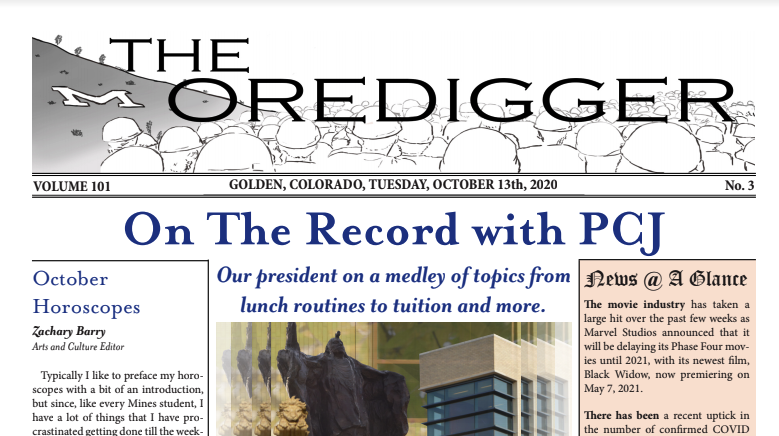In modern culture, classical music remains an unfamiliar genre of entertainment that most young adults do not partake in. While the pieces the Colorado Symphony Orchestra performed last Friday are over hundreds of years old, the life, energy, and passion Denver’s own orchestra interjects into these age-old compositions truly brings the music to life.
“Mozart’s Symphony No. 31” spearheaded the night’s program. The Colorado Symphony Orchestra began with an explosive start that rolled right into a 19 minute series of lively melodies. Comedic Youtube music group, “Epic Rap Battles of History” pit Wolfgang Amadeus Mozart against techno-composer Skillrex, and with that comparison in mind it is obvious to see this type of music is surely lost to some extent in the 21st century. The average length of a pop song is 3-5 minutes, whereas these 20-40 minute compositions the Colorado Symphony Orchestra displays are more of epic stories being retold through instruments. Following the energetic performance of Mozart, principal flutist Brook Ferguson took to the spotlight and masterfully recited the “Syrinx” solo by Debussy. After churning through hours of standard band compositions of guitar, bass guitar, drummer, and singer it was thoroughly amusing to witness Ferguson imbibe pure emotion into the flute. If that short three minute exposition was not good enough, Ferguson immediately followed that up with the “Ibert flute concerto,” highlighted by several intense runs of extremely difficult rapidly ascending and descending notes. The principal flutist’s expression only demonstrated pure focus, and after twenty solid minutes of orchestra grandness the audience rose to a standing ovation.
The Symphony Orchestra concluded their Friday night concert with the Berlioz “Harold in Italy.” Interestingly enough, Berlioz had previously composed “Symphonie fantasique” while high off opiates. Suffice to say, Berlioz composition style primarily emphasizes vivid emotional expression. The “Harold in Italy” features a solo viola, Basil Vendryes, and throughout his performance Vendryes actively moves alongside the orchestra at and one point dramatically dips down and rises at a large crescendo. The Colorado Symphony Orchestra is no boring symphony orchestra, so dispel all those stereotypes of picturing a bunch of apathetic musicians staring aimlessly at a stand. A performance of classical music is not only a replay of old music composed by long-dead composers; it is, quite simply, a concert. The Berlioz contained multiple layers of depth to it, meaning that after Vendryes stunned the audience with a soulful cadenza, the orchestra picks right up into a fast-paced syncopated rhythm. For those who have listened to Concertos before, most of the time it is clear to see the separation between soloist and orchestra. However, Vendryes was able to seamlessly weave his way from being part of the whole orchestra to standing out when it was his time. The Berlioz only got better from there, as towards the end one of the cellists randomly stood up and walked away, and in a trick-ending a small string quartet formed in the corner and took on the role of performing. In essence it was a piece within a piece. In an after show behind the scenes with one of the instrumentalists, thirty-three year veteran Peter Cooper commentated that, “the Berlioz was tricky, with lots of turns here and there.” Clearly, even the experts have to work on it.



'Colorado Symphony Orchestra' has no comments
Be the first to comment this post!